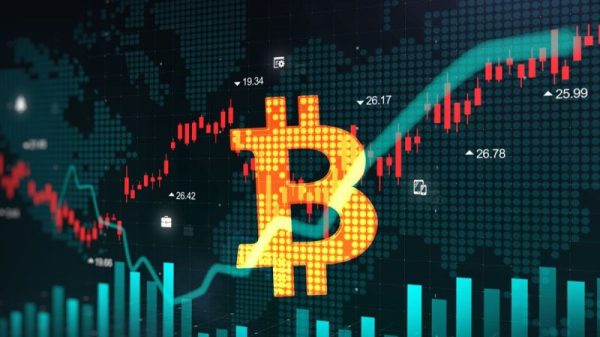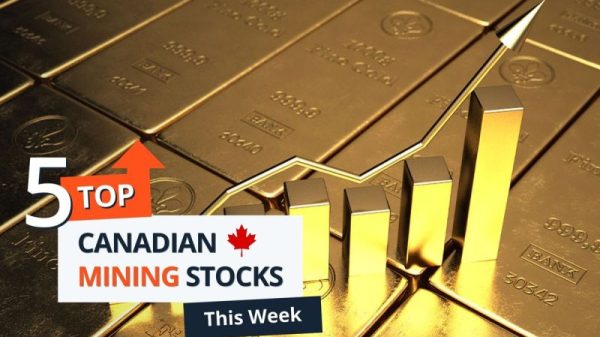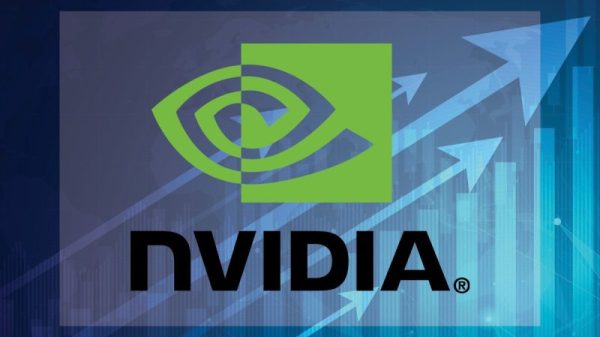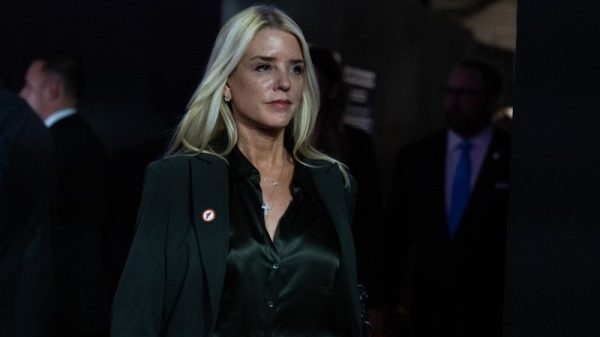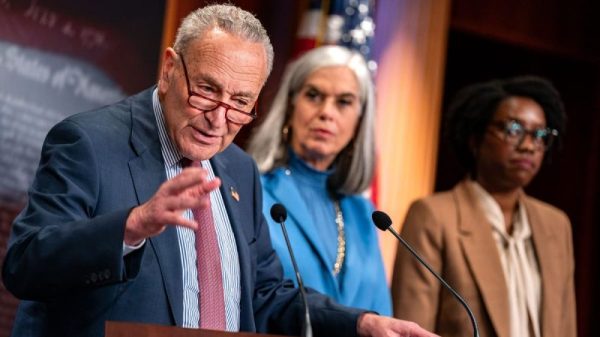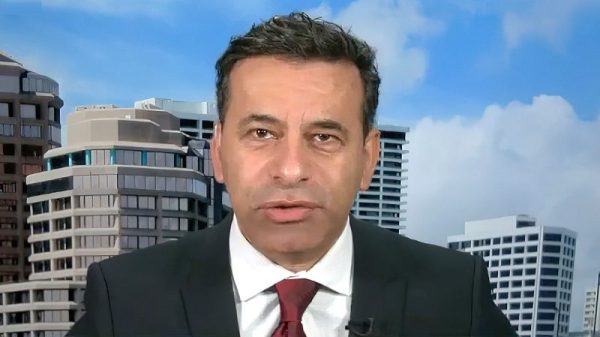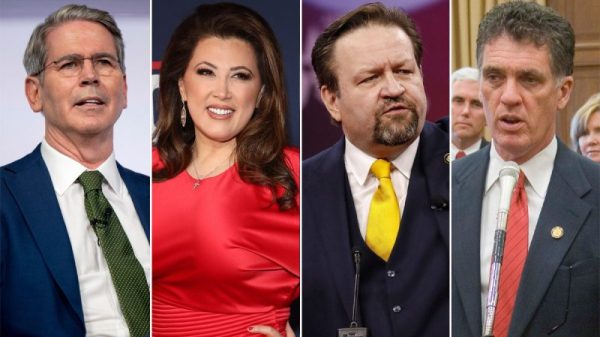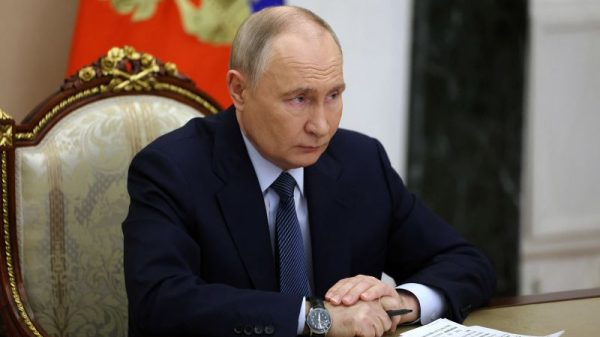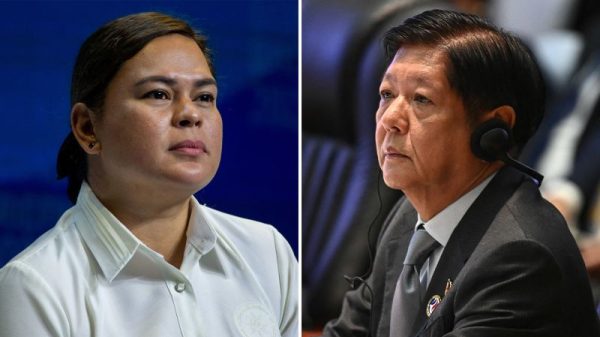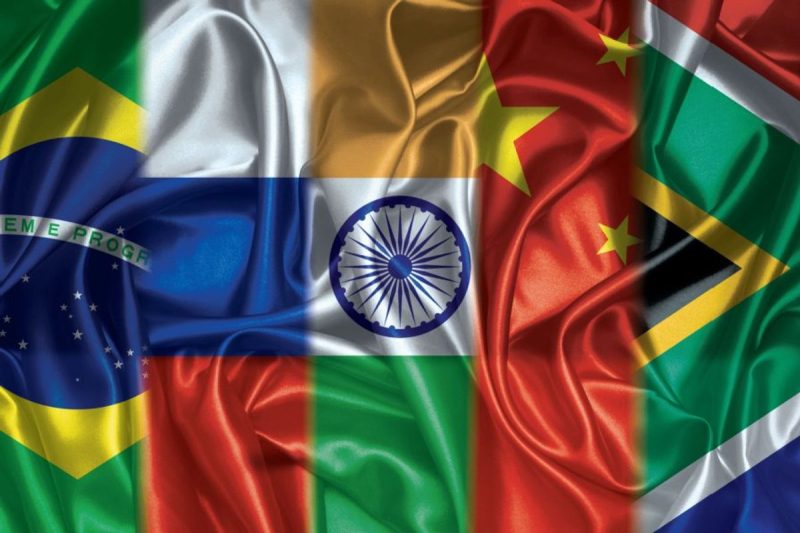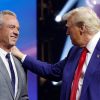Gold market participants were watching the BRICS nations closely this past August on the back of rumors that the bloc might announce a new and potentially gold-backed currency at its annual meeting.
Ultimately that didn’t happen, but investors remain curious about whether the BRICS will take that step in the future.
At this year’s New Orleans Investment Conference, well-known author and commentator Jim Rickards shared his thoughts on how a gold-backed BRICS currency could work. Read on to learn about his thoughts.
What are the BRICS nations?
The notion of a bloc of nations helmed by Brazil, Russia, India and China was first posited in 2001 by Goldman Sachs (NYSE:GS) Chief Economist Jim O’Neill. He initially identified the countries for holding important investment opportunities and believed they would come to form a dominant economic power by the middle of the 21st century.
In September 2006, his theory became reality when bilateral meetings between the countries occurred on the sidelines of the UN General Assembly, leading to a series of high-level talks between the nations in the following years.
The first formal meeting of BRICS leaders was held in Russia in 2009 between Luiz Inacio Lula da Silva, president of Brazil; Dmitry Medvedev, former president of Russia; Manmohan Singh, former prime minister of India; and Hu Juntao, formerly both president of China and general secretary of the Communist Party of China. South Africa was a later addition; it was granted full membership at the BRICS’ annual meeting in 2011.
Even though China, India and Russia have long been key players in the global economy, the BRICS nations are largely on the outside of many intergovernmental groups made up of developed nations, including the Group of Seven. BRICS countries don’t have the same influence as their western counterparts, which hold positions at the World Bank and the International Monetary Fund, two key organizations for international trade and global economic policy.
The group formed as a way to encourage more economic growth and cooperation among member countries and developing nations, while requiring less input from western powers.
Follow the money
The BRICS established the New Development Bank (NDB) in 2014 and the Contingent Reserve Arrangement in 2015. These moves were seen largely as a response to the US-controlled and -funded World Bank and the UN’s International Monetary Fund, whose voting rights are determined by the size of members’ economies, not populations — a situation seen as inequitable for the BRICS nations, which together represent more than 3 billion people. Ten years on, both the NDB and Contingent Reserve Arrangement haven’t seen the success originally envisioned.
Talk of a BRICS currency has been ongoing since the establishment of the NDB. The members of the bloc wanted to distance themselves from the US dollar, but still required a currency regime to help ensure stable trade, reduce the need for currency conversions and lower the associated costs, all while hedging against geopolitical instability.
A stable currency would certainly seem to be a boon for a nation like Russia, which following war-related sanctions has been challenged in finding a common currency to do business. The country has been forced to rely on currencies that aren’t as easy to use both globally and with other members of BRICS nations.
When the BRICS countries held their annual meeting in South Africa this past August, the group admitted six new members. Two of these are the energy-rich nations of Saudi Arabia and the United Arab Emirates, which has found itself increasingly at odds with the US over human rights issues and isolationist policies toward Russia and China. Along with Iran, they also represent significant oil reserves, posing a challenge to US dominance over the production of oil. The other nations that joined the BRICS in August are Argentina, Egypt and Ethiopia.
Many economists, analysts and investors have debated how a BRICS currency could be introduced and what it might look like. Some believe it would be backed by a traditional fiat currency like the Chinese yuan, while others — like Rickards — think it could be tied to a commodity like gold.
How would a gold-backed BRICS currency work?
In his talk at the New Orleans’ Investment Conference, Rickards explained how that could happen, using the euro to show how a BRICS currency might operate. He noted that using a common currency doesn’t mean countries need to have a common fiscal policy or bond market; however, this is where the commonality with the euro ends for Rickards, as he doesn’t see a BRICS currency being backed by a central bank. Rather, its value would be tied to gold.
Importantly, he doesn’t believe this would mean a return to the gold standard. “(With) a real gold standard, you can take the currency and go to any one of the central banks and get some gold,” he said. Instead, he believes a BRICS currency would be tied to a certain weight in gold. For example, 1 BRICS currency unit could be tied to the value of 1 ounce of gold.
In Rickards’ view, this won’t mean the end of the US dollar; because gold is traded in the US dollar, a BRICS currency would still have a direct relation to the dollar. “So if gold went up to US$3,000 (per ounce) from US$1,900, what actually happens is a 28 percent gain against the US dollar,” he said on stage at the event.
“With BRICS they don’t have to own any gold, they don’t have to buy any gold, they don’t have to prop up the price. They can just rise on the dollar gold market,” he continued. “What do you think is going to happen to the dollar over time?” Rickards’ implication was that, if a BRICS currency were to gain value against the US dollar, the US dollar would lose value against that currency, essentially destabilizing the US dollar.
Ultimately, Rickards expects the US dollar to collapse. He pointed out that the BRICS+ bloc of 11 nations represents 15 percent of global gold reserves, 30 percent of land, 40 percent of the world’s population and 54 percent of its GDP.
“We’re trading closer to a point where the BRICS are in control of overland routes and choke points around the world,” he said. “Don’t look for the dollar to go away anytime soon, but look for a much higher dollar price of gold, and a much weaker dollar and the BRICS coming into their own.”
Is a BRICS currency possible?
Even though Rickards is steadfast in believing a gold-backed BRICS currency is coming, it’s a sentiment that’s not shared widely in the investment community. O’Neill, who conceptualized the group in 2001, told the Financial Times in August that he thinks a BRICS currency is a non-starter, citing constant infighting between members of the bloc.
While member nations may be searching for ways to facilitate trade and to move away from the US dollar, there’s no guarantee that a BRICS currency is in the cards at all, let alone one linked to gold.
Securities Disclosure: I, Dean Belder, hold no direct investment interest in any company mentioned in this article.


